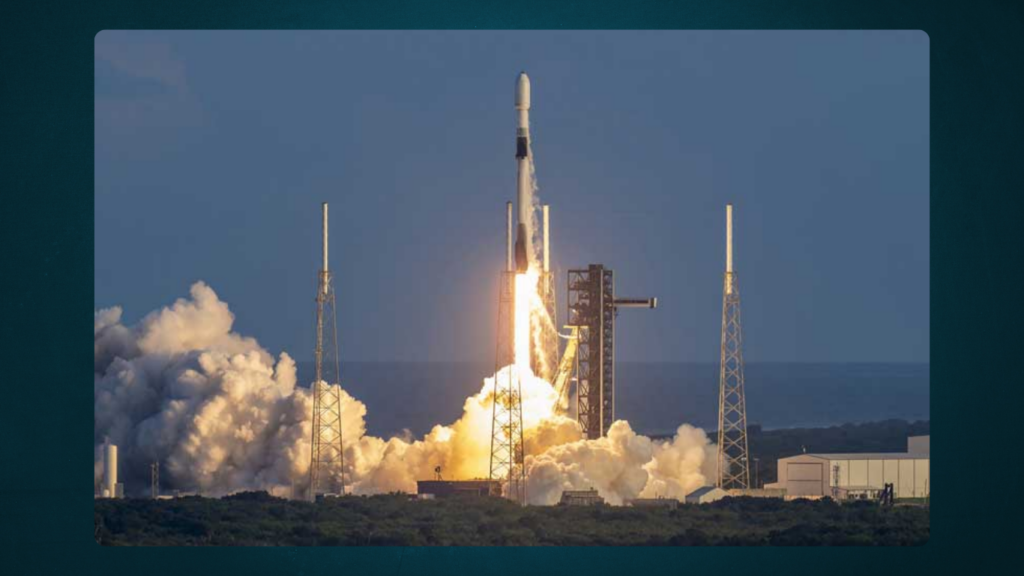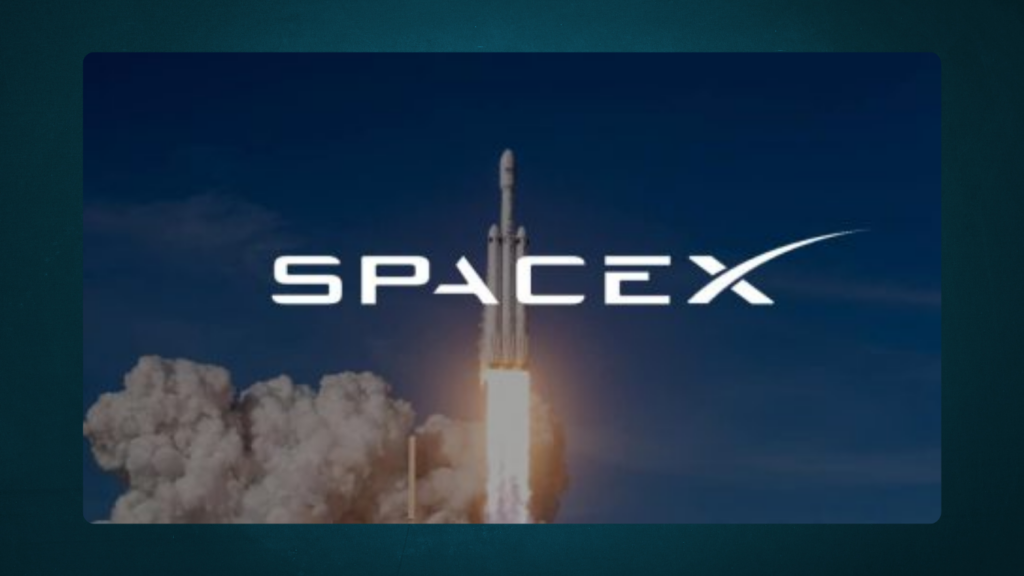SpaceX continues to make headlines as it pushes the boundaries of space exploration, and its latest accomplishment proves just how far the company has come. On Sunday, SpaceX successfully used a pair of enormous robotic arms—dubbed Mechazilla—to catch the first-stage booster of its Starship rocket system in mid-air. This achievement brings Elon Musk’s vision of building a fully reusable rocket system even closer to reality. But what makes this such a groundbreaking event? Let’s dive into it.
Why Catching a Booster is Such a Big Deal

To understand the significance, we need to look at how rocket launches usually work. In most cases, rockets are expendable—they’re used once, and then discarded, often into the ocean. This makes each launch extremely expensive and inefficient. For years, engineers have been working on the holy grail of space travel: reusable rockets that can be launched, recovered, and sent back up into space without having to build new ones from scratch.
That’s where SpaceX steps in. Over the years, the company has already mastered the art of landing Falcon 9 boosters on platforms at sea. But with Starship, they’re taking things a step further. Instead of using landing legs, SpaceX designed robotic arms to catch the Super Heavy booster as it returns to the launch site—while it’s still in the air.
On Sunday, SpaceX managed to execute this maneuver for the first time, demonstrating that its bold vision is more than just a dream. This achievement is significant because it means rockets could soon be turned around and launched again in record time, slashing costs and enabling more frequent space missions.
What Exactly is Starship?

Starship is a two-part, next-gen rocket system designed by SpaceX for deep-space missions. It consists of the Super Heavy booster, which provides the raw power to lift the rocket out of Earth’s atmosphere, and the Starship spacecraft, which carries the crew or cargo into space. Together, the system stands at nearly 120 meters tall, making it the largest rocket ever built—bigger even than NASA’s Saturn V, which took astronauts to the Moon.
For a bit of context, the Qutub Minar in India, standing at 72.5 meters, is about the same length as the Super Heavy booster that was caught by robotic arms on Sunday.
Sunday’s Mission: A Big Step Forward
Here’s what happened: at 7:25 a.m. local time, the Super Heavy booster, powered by 33 methane-fueled Raptor engines, launched from SpaceX’s Starbase facility in Boca Chica, Texas. The booster carried the Starship spacecraft into the sky before detaching after just under four minutes. While the Starship spacecraft continued into space, the Super Heavy booster flipped around and began its journey back to Earth.
At this point, instead of splashing down in the ocean like traditional rockets, the booster aimed for a return to the launch site. It re-entered the atmosphere at blistering speeds of over 27,000 km/h, but fired up 13 of its engines to control its descent. When it neared the ground, SpaceX’s specially designed robotic arms—Mechazilla—were ready to catch it mid-air. After being caught, the booster shut down its engines, completing a flawless recovery.
Meanwhile, the Starship spacecraft performed one full orbit of Earth before successfully splashing down in the Indian Ocean.
Why This Mission is Groundbreaking
Reusable rockets are key to reducing the cost of space travel. SpaceX is working toward the dream of launching, catching, and quickly re-launching rockets, just like commercial airplanes turn around at airports. By catching the booster in mid-air, SpaceX is taking a crucial step toward making fully reusable rockets a reality. Musk has even suggested that one day Mechazilla could catch and reset a rocket on the launchpad in just 30 minutes, paving the way for rapid and frequent space missions.
This marks a huge leap in technology. While SpaceX has already perfected landing its smaller Falcon 9 boosters, those land on legs rather than being caught in mid-air by robotic arms. With Starship, SpaceX is pushing the envelope even further.
Starship: The Future of Space Exploration
What makes Starship such a big deal? It’s more than just a rocket—it’s a key piece in SpaceX’s ambitious plans to explore deep space. The Starship system is designed for missions to the Moon, Mars, and beyond. NASA has already contracted SpaceX to use a version of Starship, called the Human Landing System (HLS), to return astronauts to the Moon by 2026 as part of the Artemis III mission.
But the real excitement is for Mars. Musk has long talked about using Starship to ferry humans to Mars, aiming to establish a self-sustaining colony on the Red Planet. The Starship spacecraft’s size, versatility, and potential for reuse make it a perfect candidate for interplanetary travel.
However, before any of these dreams become reality, SpaceX needs to demonstrate that Starship is not only powerful but also reliable and safe. Sunday’s successful recovery of the Super Heavy booster is a crucial step in proving that the system works.
Wrapping Up
SpaceX’s innovative mid-air capture of the Starship booster is a significant breakthrough, not just for the company but for the future of space exploration. This achievement brings SpaceX closer to creating a fully reusable rocket system that could lower the cost of launches and increase the frequency of space missions. It’s another step toward a future where space travel is as common as air travel—and where humans could one day live on Mars.
As SpaceX continues its tests and refines its technology, we’re witnessing the dawn of a new era in space exploration. Starship is poised to play a key role in humanity’s journey to the Moon, Mars, and perhaps far beyond.

Subtly charming pop culture geek. Amateur analyst. Freelance tv buff. Coffee lover
